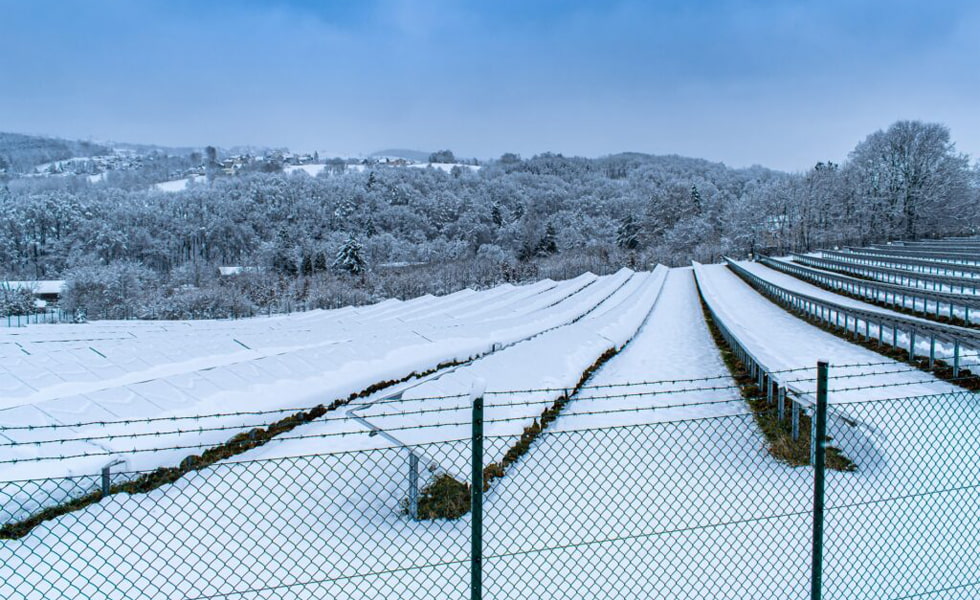
As winter approaches, many regions experience heavy snowfall, which can significantly affect photovoltaic (PV) energy storage systems. Snow can cover PV panels, reducing the efficiency of solar energy conversion and, in severe cases, causing structural damage to PV installations. Let's delve into the specifics of how snow impacts PV energy storage and explore effective measures to mitigate these effects, highlighting how Sunrover tailors PV energy storage solutions to meet customer needs.
The Impact of Snow on PV Energy Storage
Decreased Efficiency: Snow covering solar panels blocks sunlight, reducing the intensity of illumination and, consequently, the efficiency of energy conversion. Research shows that snow cover can lead to a 10% to 50% decrease in electricity generation, or even complete cessation of power production.
Increased Load: The weight of snow can strain PV panels, potentially causing deformation or damage, thereby shortening their lifespan and compromising performance. Typically, PV panels can withstand a maximum pressure of 2400Pa, equivalent to 24kg per square meter. Given that snow density ranges from 100 to 500kg per cubic meter, snow layers exceeding 5 to 25cm in thickness can surpass this maximum load capacity.
Complex Effects of Snow Reflection: While snow covering can negatively impact energy generation, snow reflection can slightly enhance PV efficiency by increasing diffuse light on the panel's backside. Studies indicate that snow reflection can boost electricity production by about 5% to 10%.
Corresponding Measures
To minimize the negative effects of snow on PV energy storage, several strategies can be employed:
Angle Adjustment: Installing PV panels at a steep angle can reduce snow accumulation, minimizing the need for frequent snow removal. Maintaining a slight distance from the ground when installing panels prevents snow from piling up at the bottom.
Snow Removal Techniques: Snow should be cleared promptly but carefully. Soft tools like cotton mops should be used to prevent scratching the panel's surface. It's advisable to remove snow during low-light conditions, such as early morning, evening, cloudy days, or during breaks in snowfall. Avoid cleaning during heavy snowfall or windy conditions.
Machine Snow Removal: Utilizing robotic snow removal equipment can be highly effective. These machines can efficiently clear snow without damaging panels, reducing labor intensity and safety risks. They use sensors and cameras to detect snow conditions and adjust cleaning methods accordingly.
Sunrover's Tailored PV Energy Storage Solutions
By offering tailored PV energy storage systems, Sunrover ensures that customers can harness the full potential of solar energy, even during snowy winters. The company's expertise in integrating solar and storage technologies makes it a valuable partner in ensuring energy resilience and sustainability.
In conclusion, while snow poses challenges to PV energy storage systems, effective measures such as proper panel installation, timely snow removal, and the use of advanced technologies can mitigate these impacts. Sunrover's customized PV energy storage solutions further enhance the resilience and efficiency of solar installations, ensuring a reliable and sustainable energy supply even in harsh winter conditions.
